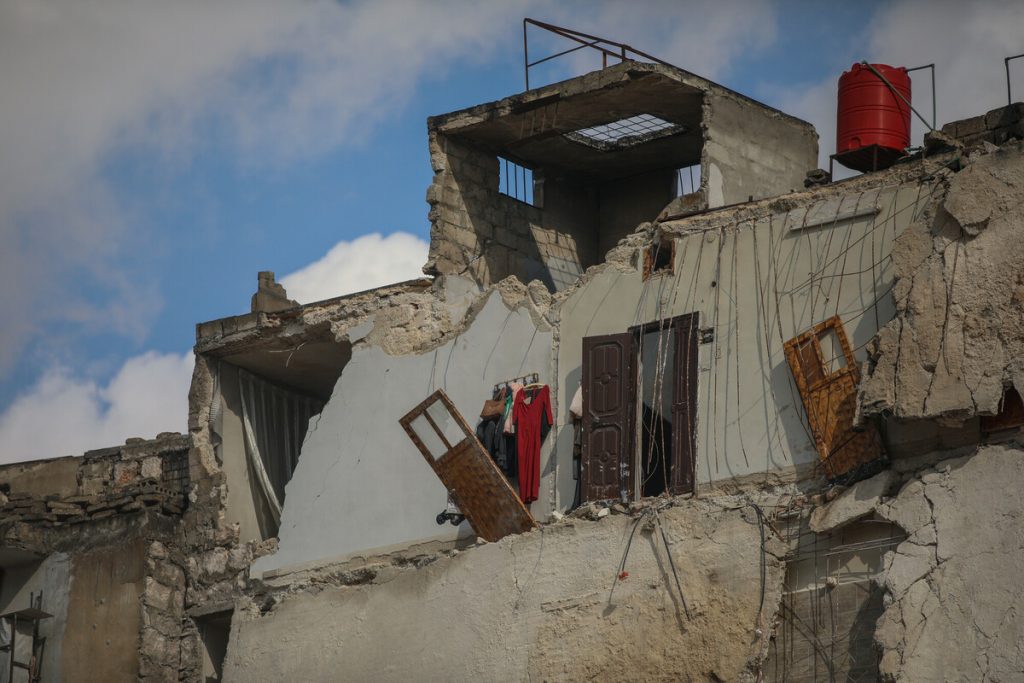Forests and fires: a success story
Wildfires have long been a major problem in Ethiopia. Hunters use fire in forests to flush out wild life and smoke out honey bees. Farmers use fire in fields to control brush. Many people cook with fire.
Fire prevention efforts are something new. That’s where Teshale Tesfay and his colleagues come in. He’s an Oxfam Canada expert in preparing communities to manage disasters – in this case the disaster of a fire gone wild.
Oxfam Canada has worked with the Ethiopian government in 21 kebeles or wards to establish Community Wildfire Prevention Plans.
Wildfire prevention and fighting skills are taught. Master trainers lead community workshops. Disaster prevention committees are formed, equipped with training manuals and tools. Community hazard maps are developed. Break lines, which are roads, rivers, or strips of land that must be kept clear of brush and vegetation, are mapped out to protect forest, grazing land and cropped farm land.
Unique ways to fight fires are created. One kebele uses flags in trees and watch towers to determine wind force and signal whether to fight or retreat.
Women are learning to use smokeless stoves and to dispose cooking ashes safely. “They now put their waste in disposal bins instead of just discarding of it anywhere and anyhow,” says Tesfay.
No more turning a blind eye; there is a commitment to enforcing legal penalties against those responsible for fires. Fire prevention certificates will be awarded to encourage the communities to maintain their commitment to fire prevention.
“Before, everyone would run to their own homes when there was a fire,” Tesfay says. “The community believed that fire in the trees was punishment from God. Now they understand that they can prevent these fires.”
Thanks to Oxfam Canada volunteer intern Abena Amoako-Green for the information about this project in the Benishangul-Gumuz Food Security and Economic Growth program. The 2010-2015 program is supported by $20 million from the Canadian International Development Agency through Oxfam Canada, the Canadian Hunger Foundation, Canadian Physicians for Aid and Relief, Food for the Hungry, International Network for Bamboo and Rattan, Save the Children Canada, and World Vision Canada.
To support more projects like this, please donate to Oxfam Canada

